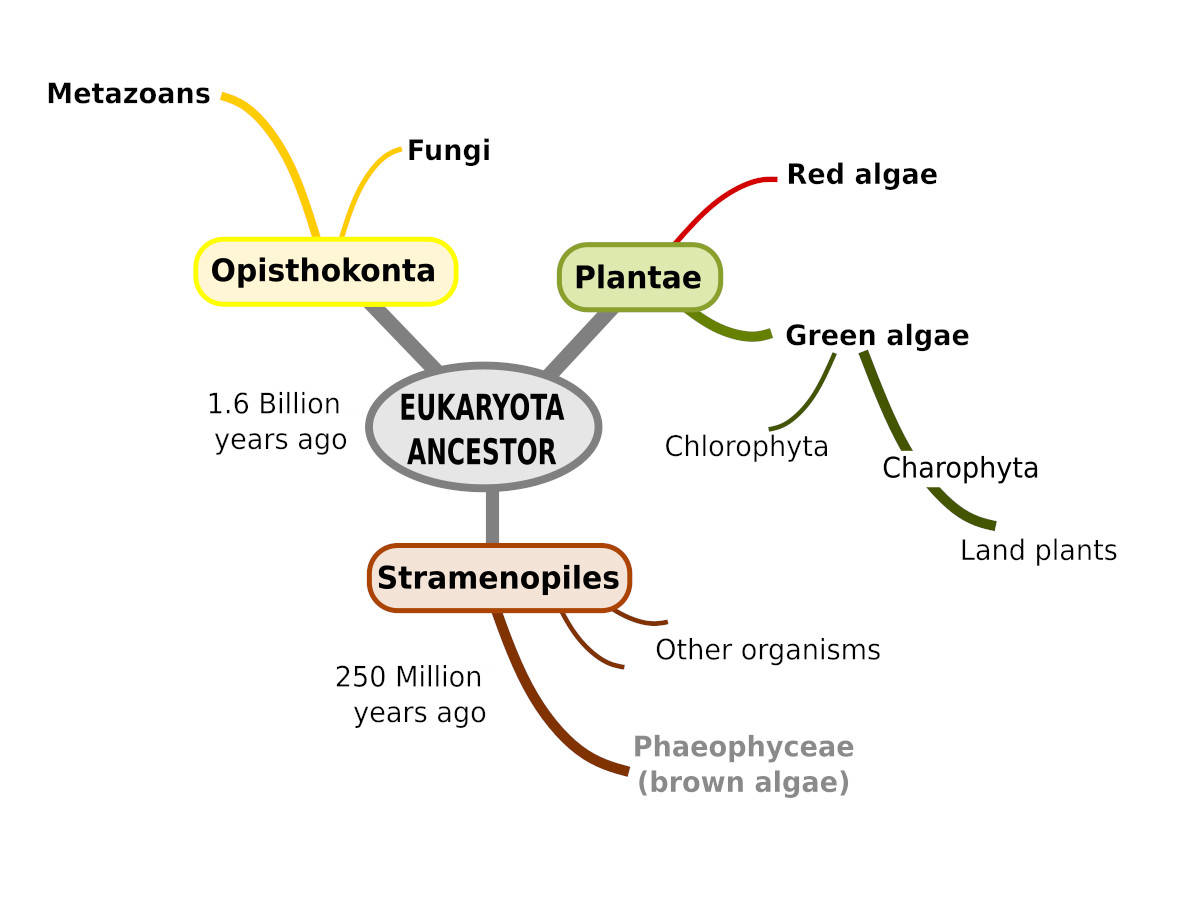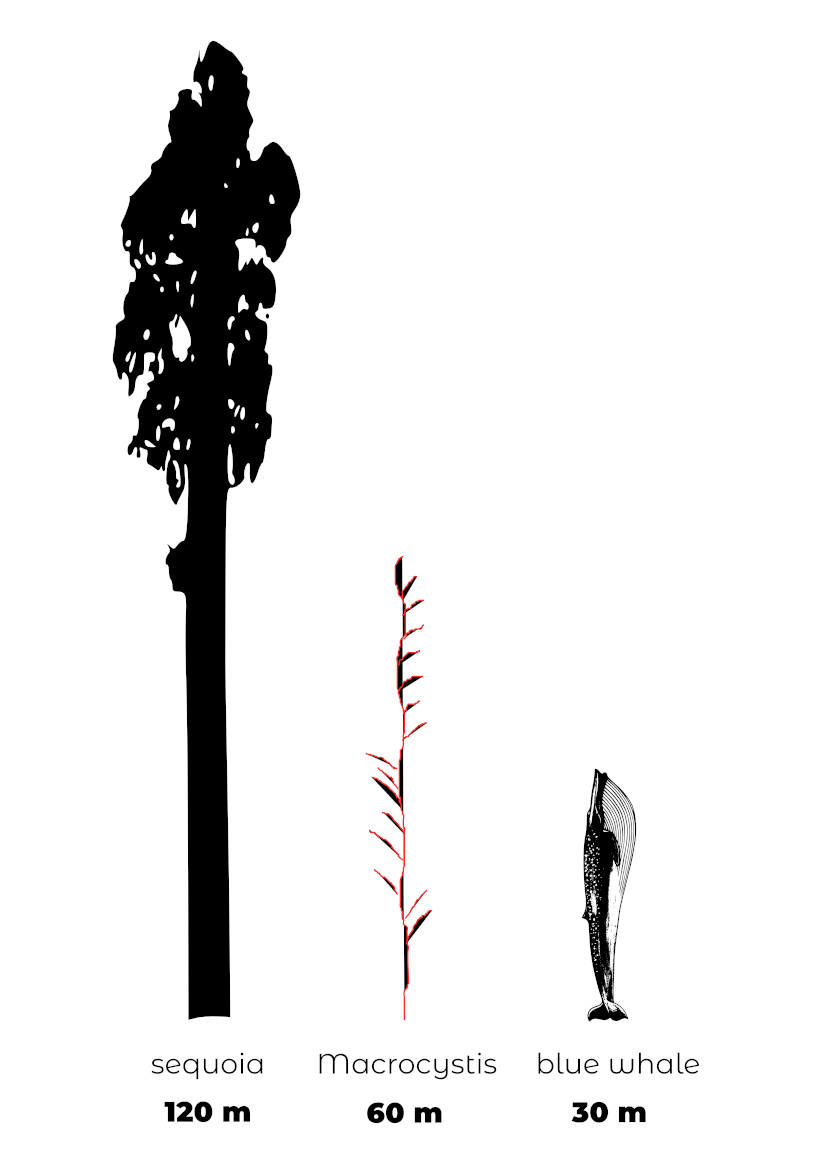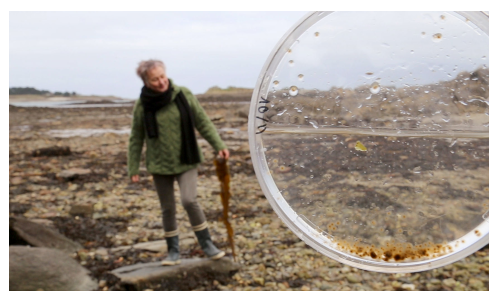Brown Algae
Introduction to the module
Welcome to the module on brown algae. My name is Bénédicte Charrier, I am a permanent CNRS researcher with an initial background in plant biology, and I have been working on brown algae for the past 15 years. I am based at the Marine Biological Station in Roscoff, a town in a region called Brittany in the West of France, which is full of diverse species of algae. My aim is to diversify your knowledge in biology, especially by drawing your attention to brown algae that will hopefully pique your curiosity.

So, what are brown algae? Brown algae are fascinating organisms: they are eukaryotic and multicellular, like animals and plants, but they evolved completely independently from metazoa and land plants, and even from the other algae, green or red. Because of this distinct evolutionary history, their biology differs.

Secondly, kelp are among the biggest organisms on earth, far taller than land trees (except sequoia trees that are several centuries old!!), and we know virtually nothing about how they grow and develop, compared to what is known in animals and plants.
During this module, we will first study some brown algae basics: their general cellular and molecular features will lead us to their potential in industry and how they are grown in aquaculture.


Then we will focus on these two models:
Ectocarpus, which is a tiny alga as you can see in the Petri dish, and that is currently the model for genomicsand genetic studies...
...and Saccharina,
which in turn is this big seaweed. Despite this obvious difference in size, these two are cousins! So, a very nice lesson given by these brown algae with societal impact is: don’t think that organisms looking different are not closed to each other!
Finally, this module will present you with current research topics on these organisms, which will have you convinced that brown algae are exciting candidates for knowledge breakthroughs! At the end of my course, you should be able to integrate these brown algae in every question that you will ask yourself about any type of biological process, from evolution to developmental biology, physiology, metabolism, etc. Let’s get started!
Introduction to Seaweed Basics
Chapter 1: Applications
Knowing the evolutionary history of any organism can give perspectives as to how unique they are. The next chapter presents the main milestones of brown algae evolution.
Chapter 2: Evolution
Chapter 3: Meet Ectocarpus and Saccharina
Now that you’ve met the stars of this module, it’s time to dive into lab work!
Chapter 4: How do we study them?
Brown algae in the lab
Technical tools to study brown algae
Now that you have seen a palette of technical tools that can be used with these organisms, let’s see what the current hot research topics are for these two brown algae.
Chapter 5: What are the hot topics in research?
and
Interactions with the microbiome: the Ectocarpus holobiont
Additional links
EU Seaweed Aquaculture guidelines PEGASUS online: http://www.phycomorph.org/pegasus-phycomorph-european-guidelines-for-a-sustainable-aquaculture-of-seaweeds
You can follow Ioannis Theodorou at https://www.researchgate.net/profile/Ioannis-Theodorou-2
You can follow Samuel Bosc at https://www.researchgate.net/profile/Samuel-Boscq or https://www.linkedin.com/in/samuel-boscq-23998a193/